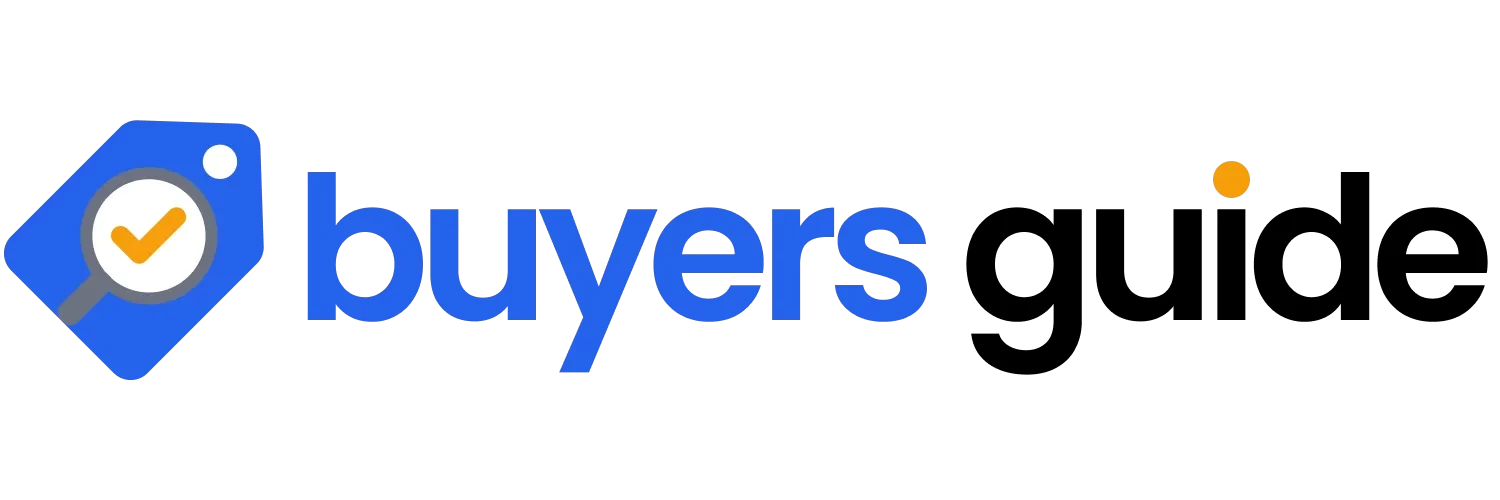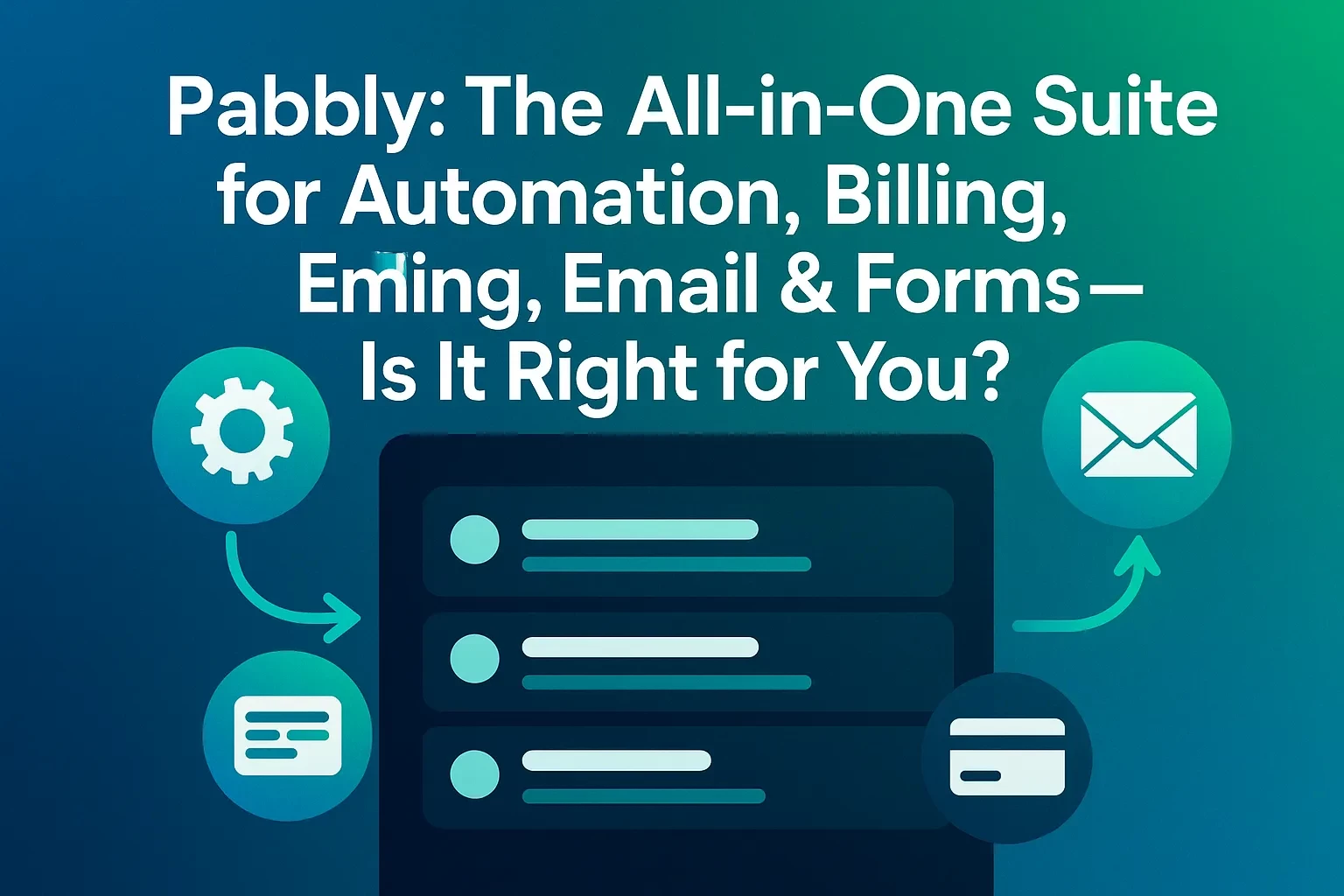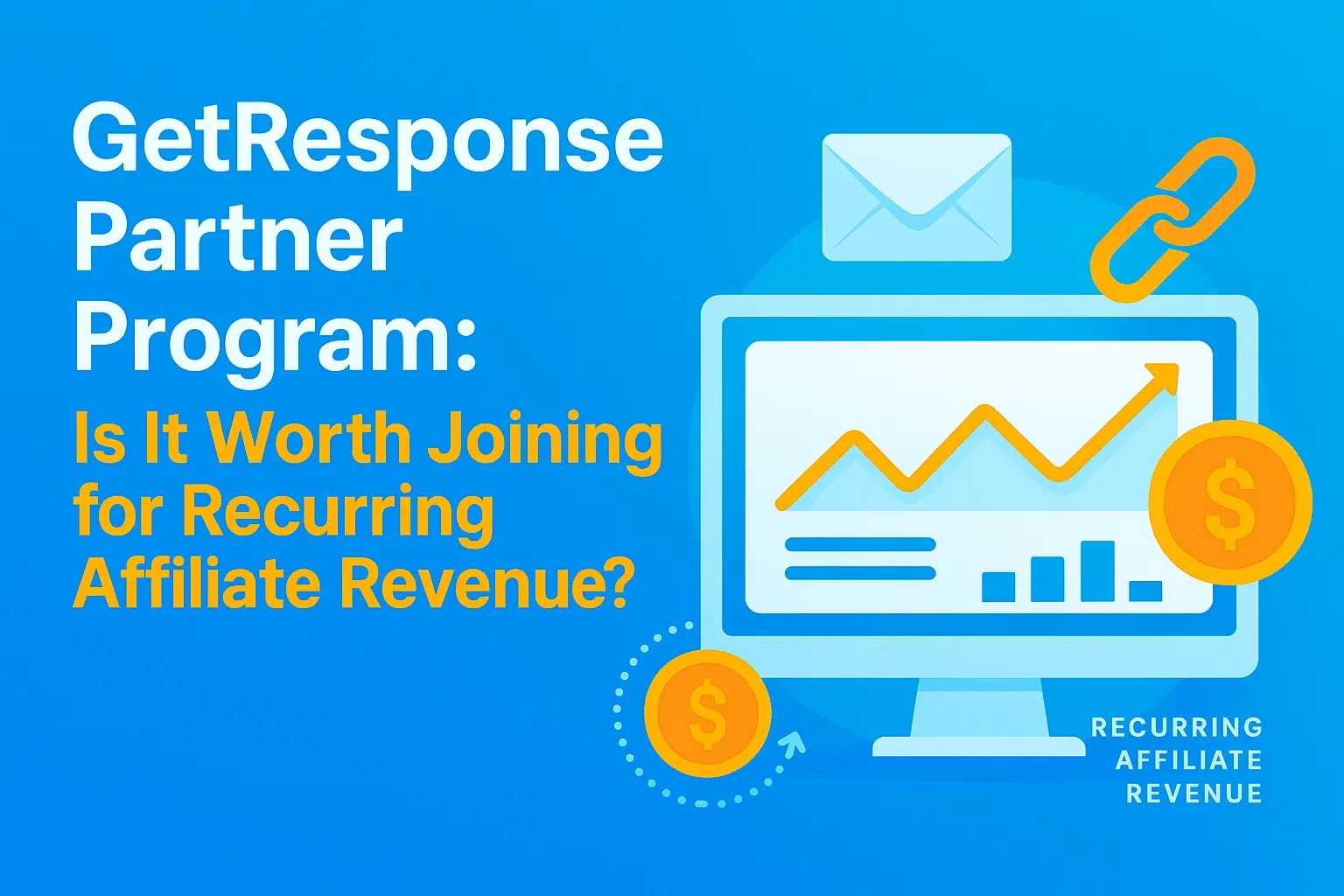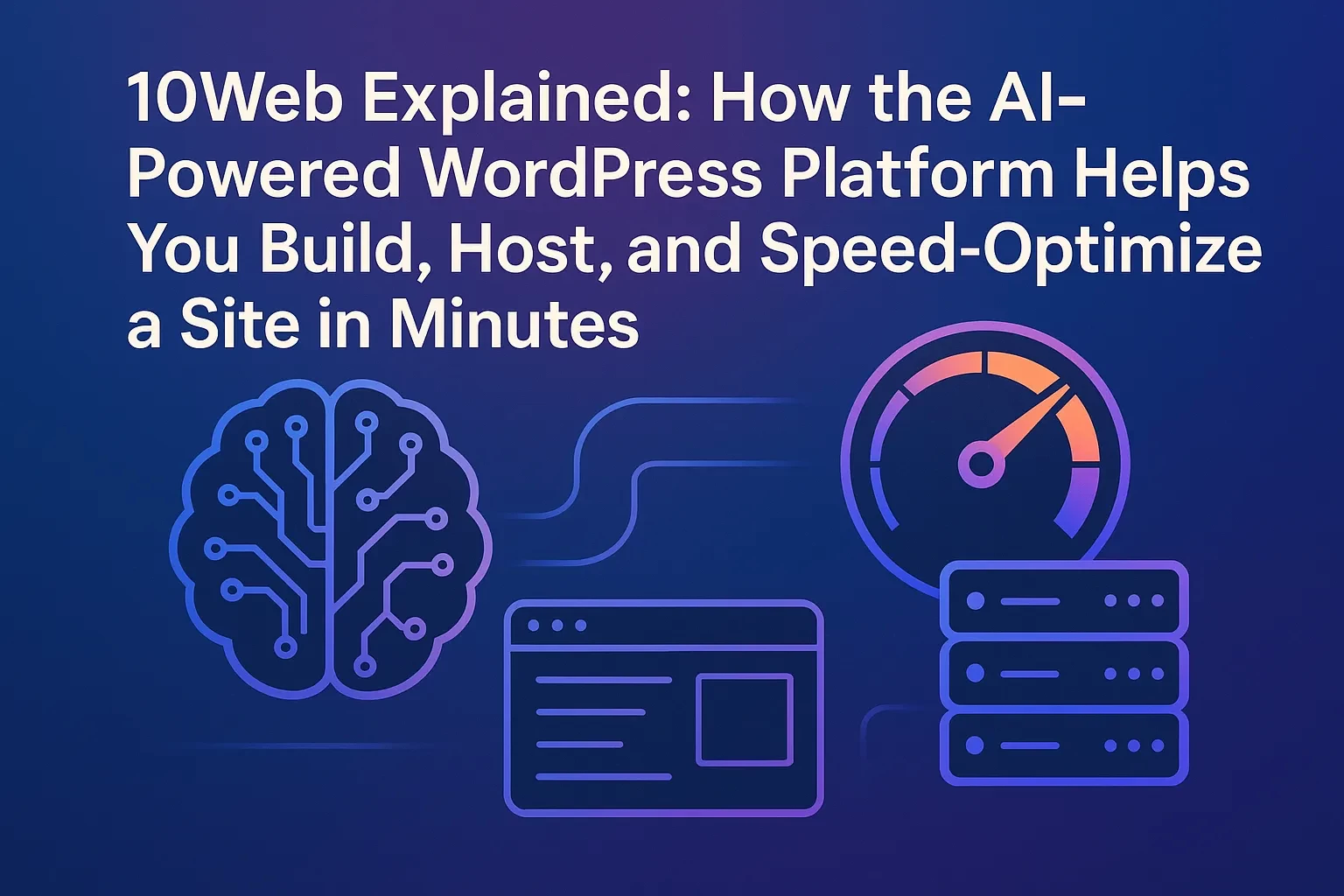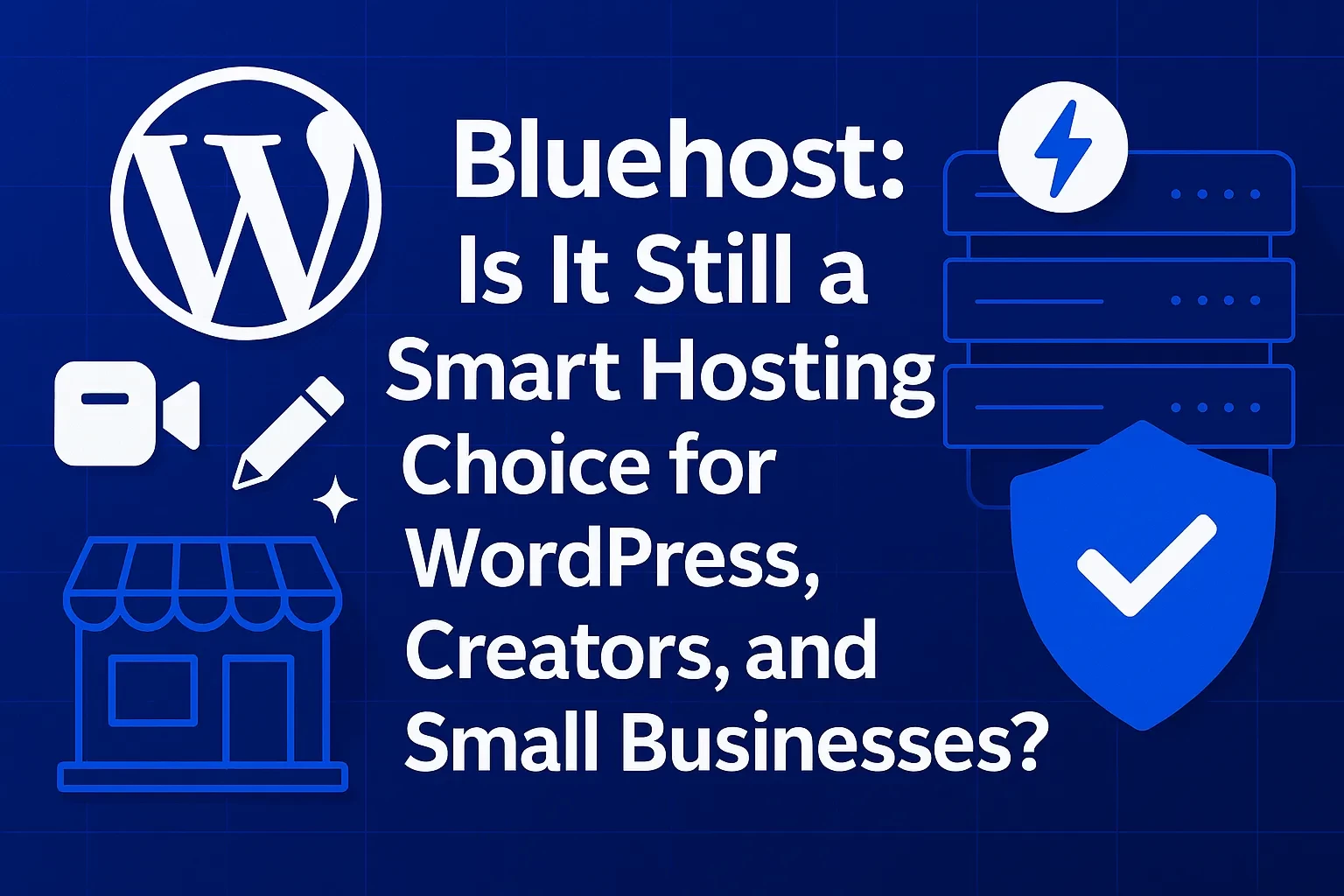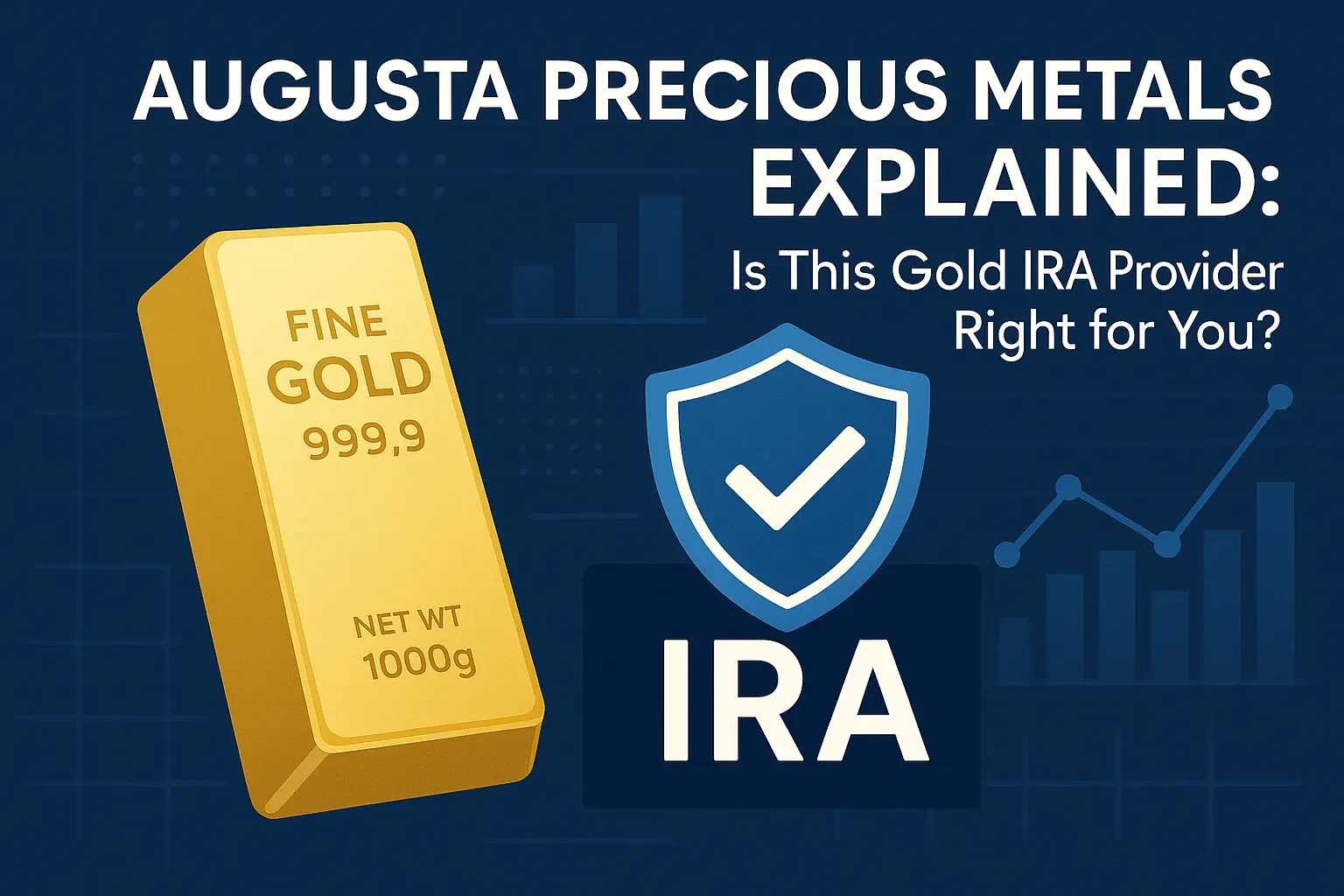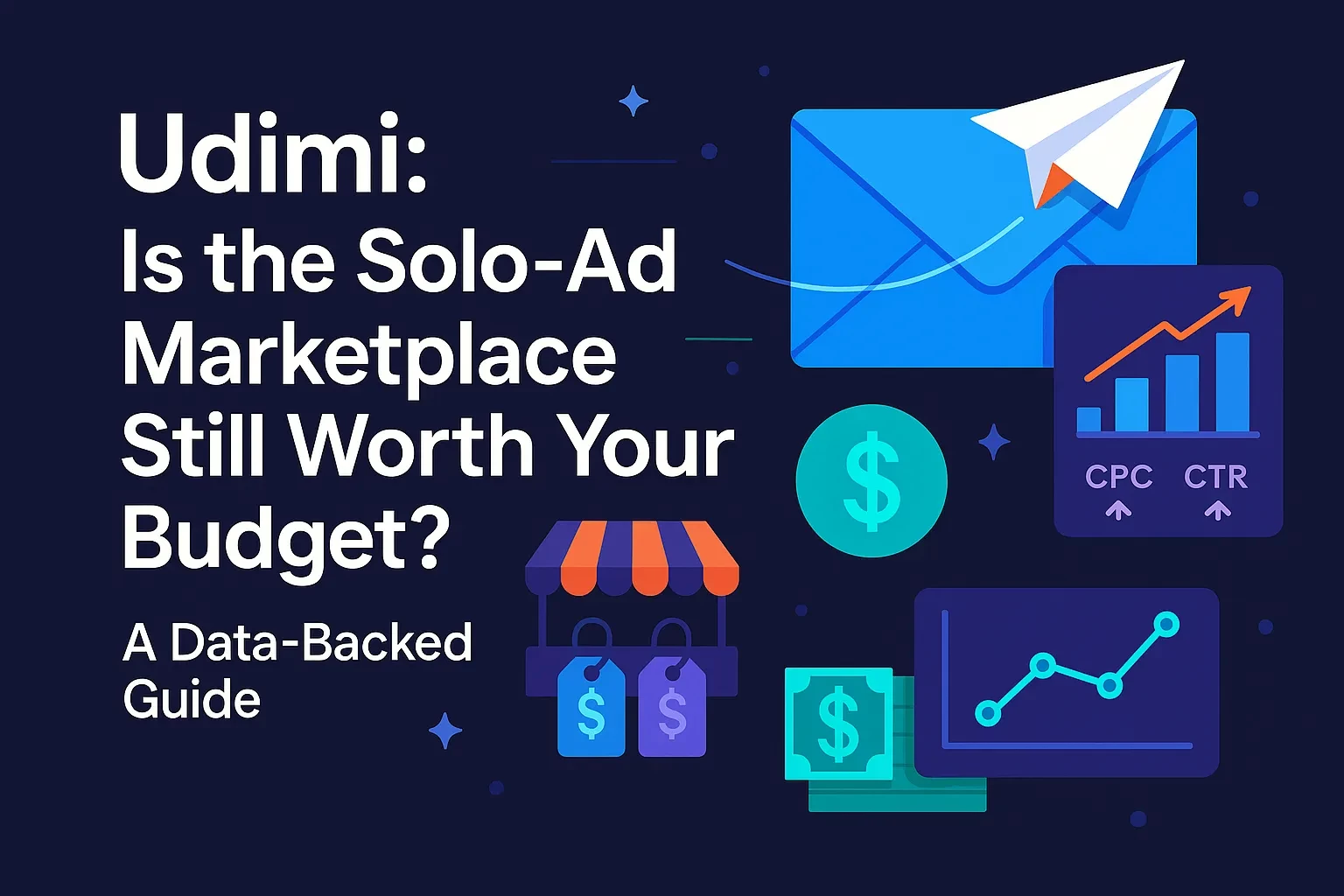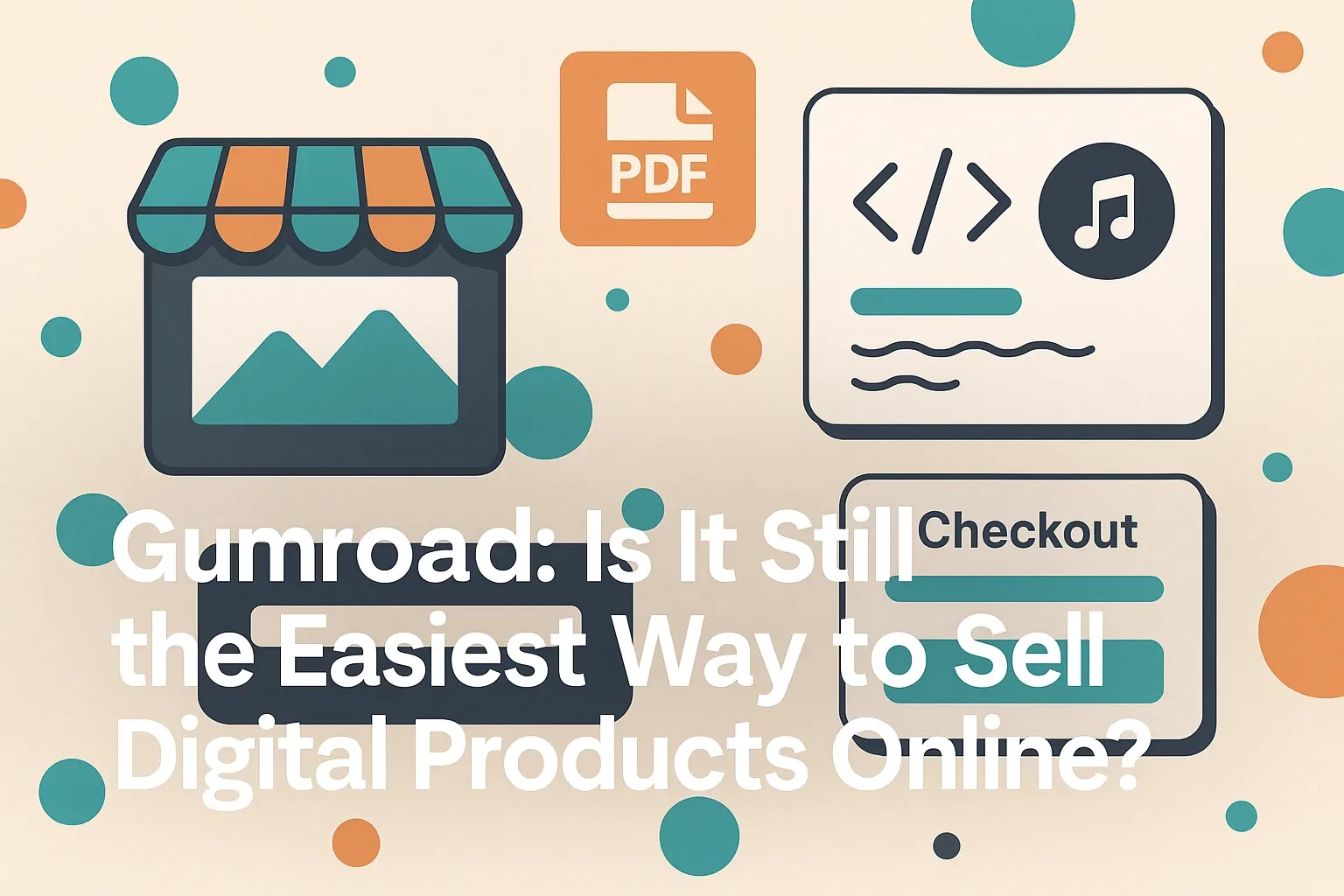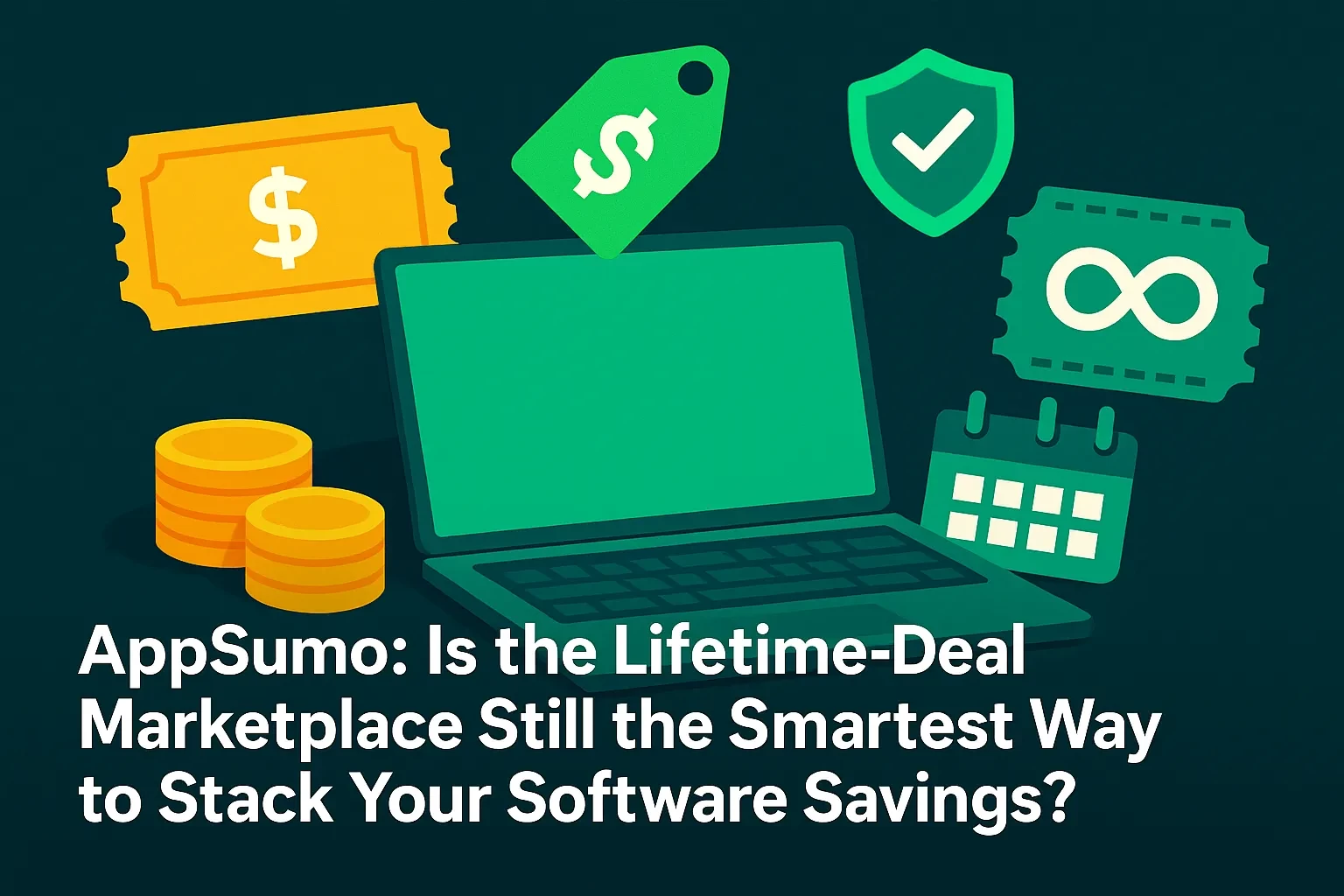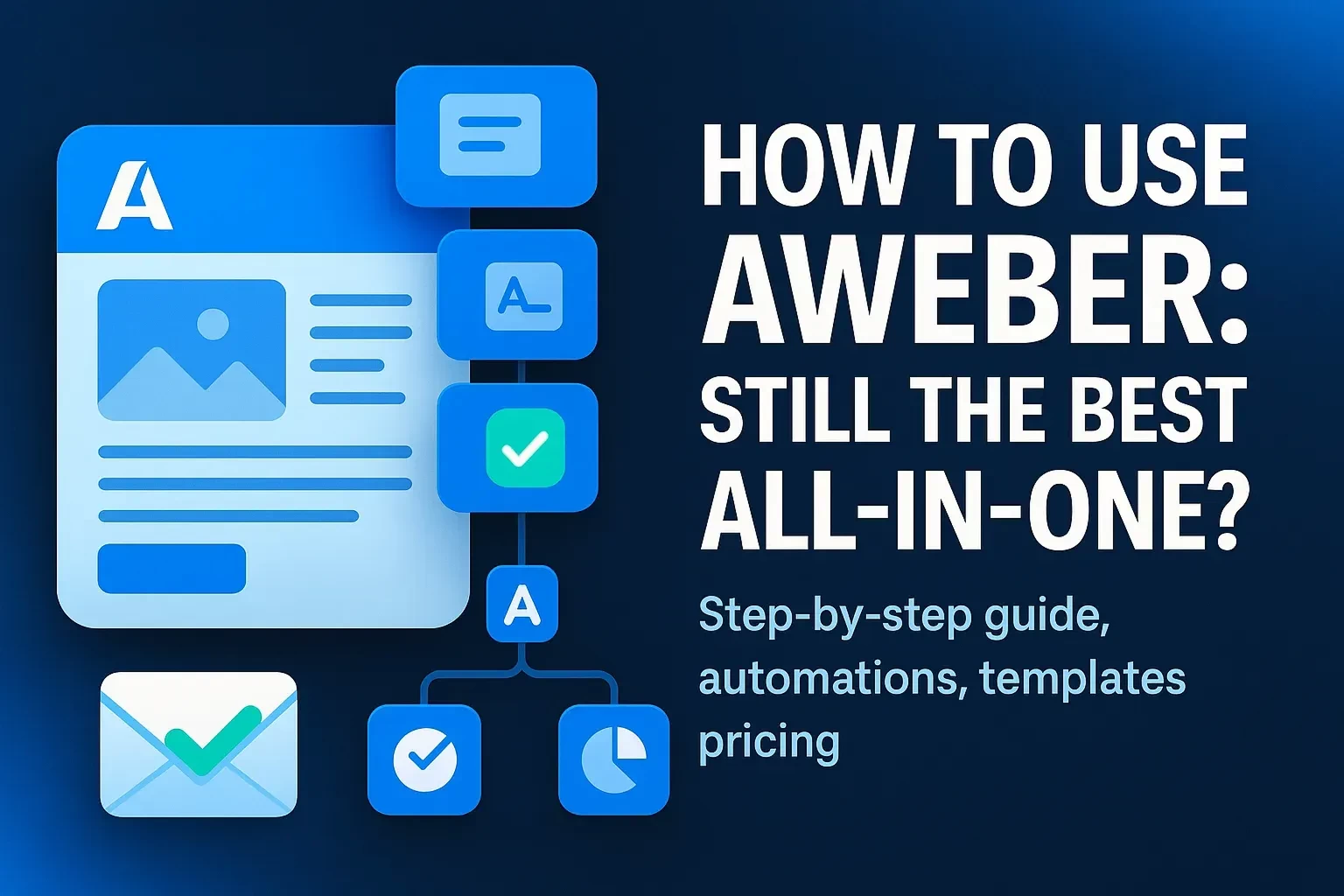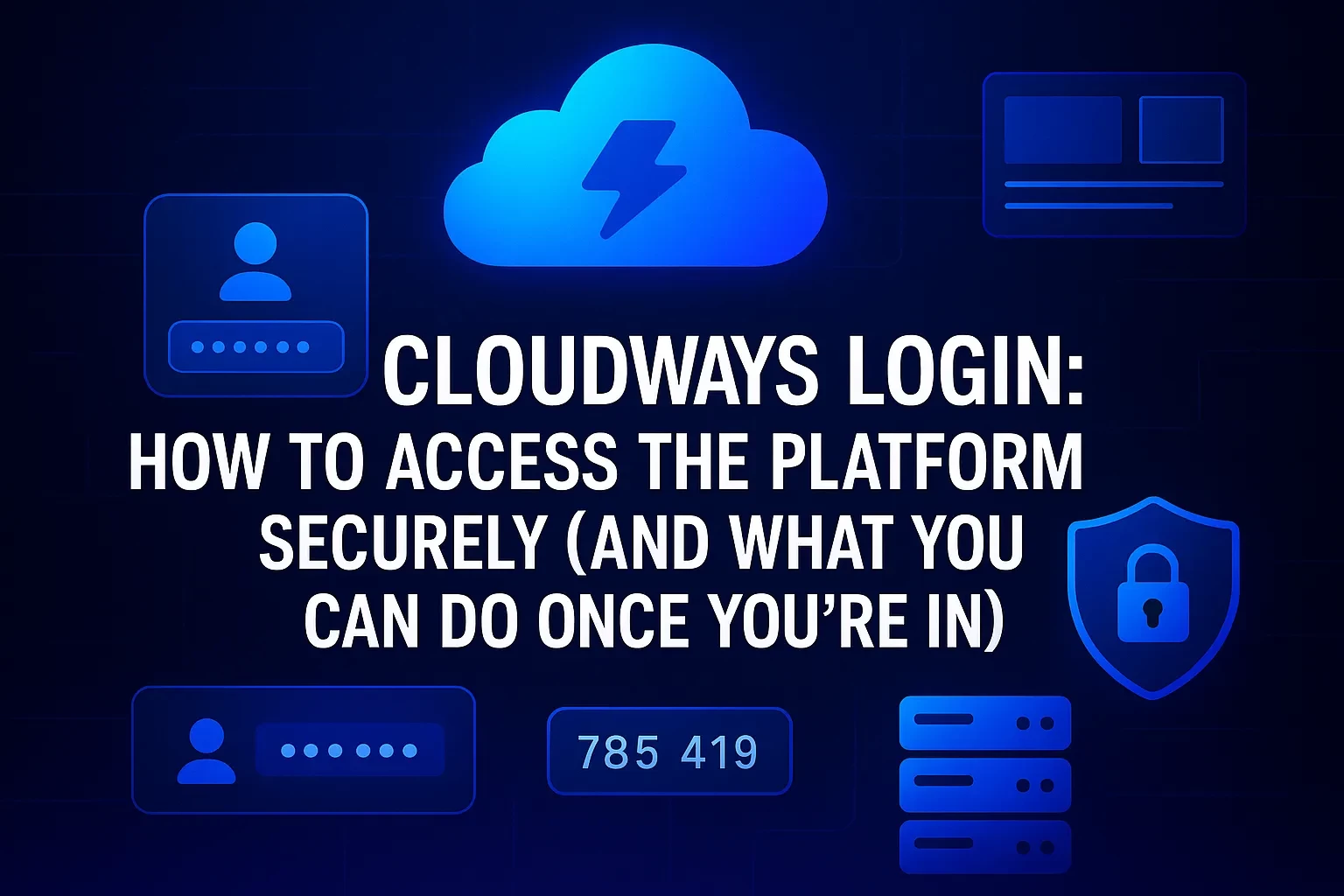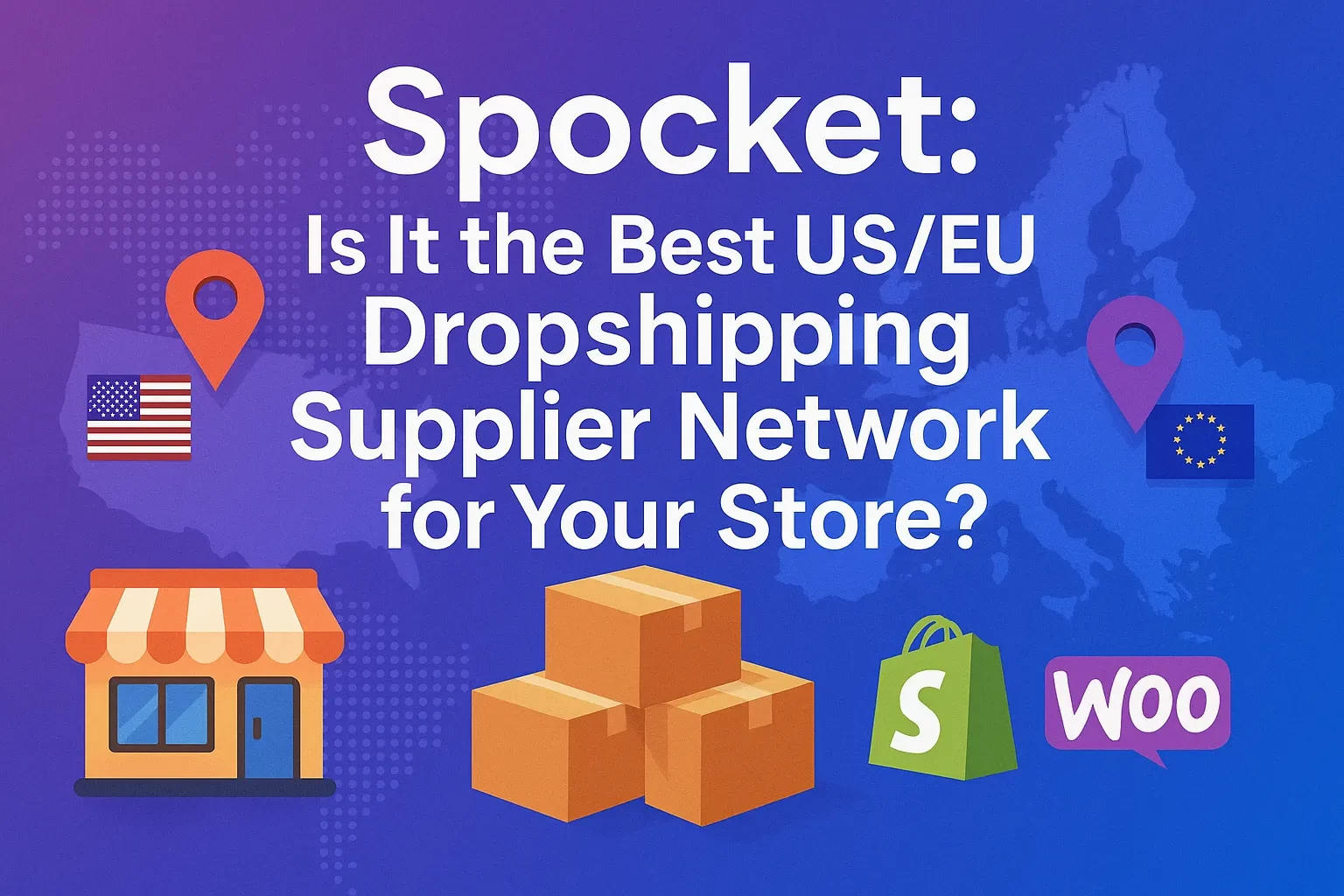Table of Contents
If you sell physical products without holding inventory, you know the brutal truth: slow shipping and flaky suppliers kill conversion rates and trust. That’s the gap Spocket aims to close. The platform curates thousands of suppliers—especially across the U.S. and Europe—then layers automation on top so you can source, import, and fulfill products with fewer headaches. You get a catalog of vetted items, faster delivery options than typical China-to-U.S. shipping, and branding features to make your business feel like, well, a real brand. In this guide, you’ll learn what Spocket actually does today, how it integrates with Shopify and WooCommerce, where AliExpress fits via AliScraper, how long shipping typically takes, and how to pick a plan you won’t outgrow in three months. You’ll also get a click-by-click setup guide, a realistic mini case study, common pitfalls to avoid, and pro tips for margins, merchandising, and customer experience. If you’re building a store for U.S. buyers and want speed, reliability, and a cleaner tech stack, Spocket deserves a hard look.
What Spocket Is (and Isn’t)
Spocket is a dropshipping platform that connects your online store to a curated marketplace of suppliers, with a strong emphasis on U.S. and EU vendors. Instead of hunting for random listings, you can filter by shipping location, category, processing time, or average delivery speed, then import products to your storefront in one click. Fulfillment data and order status sync back automatically. The pitch is simple: better suppliers, faster shipping, fewer returns, and a brand-forward experience through features like branded invoicing.
• You’ll find a catalog oriented toward U.S./EU availability to cut delivery times.
• Branded invoicing helps reinforce your brand with customers post-purchase.
• Product importing is streamlined; you can add items to your storefront with minimal friction.
What Spocket isn’t: It’s not a marketplace like Amazon or Etsy, and it’s not a manufacturer. It’s the connective tissue between your storefront and a network of vetted suppliers—with optional AliExpress support via an official Chrome extension (AliScraper) if you want to broaden your catalog beyond native Spocket suppliers.
Where Spocket Fits in Your E-commerce Stack
Spocket integrates directly with leading store platforms, so you manage products and orders where you already work.
• Shopify: Deep integration for importing products, syncing inventory, and automating fulfillment; widely used by U.S. merchants who need faster US/EU shipping and branded invoicing.
• WooCommerce (WordPress): A native connection for discovering and importing “high-margin” products, including trending items tailored for WooCommerce workflows.
• Marketplaces & extensions: Spocket provides guidance for eBay-focused workflows and marketplace connections; it also lists compatible apps that help connect Shopify catalogs to eBay.
• AliExpress via AliScraper: If you need broader selection, AliScraper (powered by Spocket) lets you import AliExpress products and automate management—an official path that reduces plugin sprawl.
Why this matters: Keeping your product catalog, orders, and inventory synced in one place reduces human error and customer-service escalations. It also lets you test products faster without rebuilding your ops every time.
How Fast Is Spocket Shipping?
Speed is the backbone of the Spocket value proposition. Because many suppliers are in the U.S. or Europe, you can often offer delivery windows that feel “Prime-like” without warehouse overhead.
• You can filter suppliers by average shipping times, with tiers such as 1–3 days, 4–7 days, 8–14 days, and 15+ days—useful for aligning delivery promises with product pages and email flows.
• Spocket’s help documentation clarifies that processing time + shipping time (both in business days) equals your customer’s total wait—set expectations accordingly on product pages and during checkout.
Takeaway: If your goal is a U.S. or EU-centric assortment with competitive delivery estimates, Spocket’s catalog and filtering tools are designed to make that achievable—provided you verify each supplier’s SLA before you scale ad spend.
AliScraper: When You Need AliExpress Depth
Even if you prefer Spocket’s US/EU network, there are times when a niche product only exists on AliExpress. AliScraper, a Chrome extension powered by Spocket, is the sanctioned way to import those items and automate order flows. It’s an AliExpress Official Preferred Dropshipping Partner tool, which gives it stability and support beyond many ad-hoc importers.
• One-click import from AliExpress product pages to your Shopify catalog.
• Bulk importing and automation for orders and tracking updates.
• 24/7 support to troubleshoot fulfillment issues tied to AliExpress listings.
Pro move: Use AliScraper only for SKUs where Spocket doesn’t have a comparable US/EU supplier. That way, the majority of your catalog ships fast, while edge-case items don’t break your operational model.
Plans & Pricing: Picking the Right Tier
Spocket offers multiple paid tiers so you can start small and scale up as you add products and orders. Plans typically differ by product limits, access to premium suppliers, branded invoicing, and automation features. Always check the live pricing page for current discounts and plan specifics.
What to evaluate when choosing a plan:
• The number of products you intend to test per month
• Whether you need branded invoicing from day one
• Access to premium suppliers and faster shipping pools
• Bulk checkout and other time-savers as your order volume grows
Tip: Start with the lowest tier that supports branded invoicing and your near-term SKU targets, then upgrade when workflow friction—like manual fulfillment—begins to cost you more than the plan jump.
Step-by-Step: Launching Your First Spocket-Powered Catalog
1) Connect Your Store
• Install the Spocket app (Shopify) or enable the WooCommerce integration (WordPress). Confirm that inventory sync and order automation are enabled.
2) Define Your Shipping Promise
• In Spocket, filter suppliers by ship-from region (U.S./EU) and shipping-time bands. Align your product page copy and email confirmations to the longest expected delivery window (processing + shipping).
3) Source Products Like a Merchandiser
• Start with 3–5 sub-niches where speed is a differentiator (e.g., home office gadgets with 1–7 day delivery).
• Check supplier return policies and ratings; prioritize consistency over the absolute lowest cost.
4) Import and Edit Listings
• Use Spocket’s one-click import, then rewrite titles and descriptions for search intent (“best desk cable organizer for home office”) and benefits (fewer tangles, safer workspace). Keep keywords natural under 2% density.
5) Brand the Post-Purchase Experience
• Turn on branded invoicing and add your logo, contact info, and return URL. This closes the trust loop for first-time customers.
6) Test Orders Before You Scale
• Place sample orders to validate quality and timing. Use a stopwatch—processing + shipping is your real SLA, not just the courier estimate.
7) Expand via AliScraper (Optional)
• If you need breadth beyond the Spocket catalog, install AliScraper to import select AliExpress items. Use sparingly to avoid elongating your average delivery windows.
Practical Example: A Niche Home-Office Store for U.S. Buyers
Let’s say you run “Desk Better,” a Shopify micro-brand targeting remote workers.
Goal: Launch 18 SKUs with fast U.S. delivery and sub-5% return rate in the first 60 days.
Approach:
• Use Spocket’s U.S. supplier filter and select products in 4–7 day shipping bands: cable organizers, under-desk trays, and webcam privacy covers.
• Turn on branded invoicing so every package reinforces “Desk Better” and includes a QR code to a how-to guide.
• For one ultra-niche SKU (magnetic whiteboard tool shelf) only found on AliExpress, import via AliScraper, but set the product page to a longer ETA and badge it as a “special order.”
Results after 6 weeks (hypothetical but realistic):
• 14 of 18 SKUs ship within 4–7 business days consistently; NPS improves as shipping predictability increases.
• Return rate stabilizes under 5% due to better QC and supplier vetting.
• The AliScraper “special order” item sells fewer units but attracts search traffic you wouldn’t capture otherwise—without dragging down overall delivery metrics.
One Simple Table to Clarify the Moving Parts
| Capability | Native Spocket Suppliers (US/EU focus) | AliScraper (AliExpress Import) |
|---|---|---|
| Typical use case | Speed to U.S./EU buyers, curated catalog | Niche assortment gaps |
| Import workflow | One-click import from Spocket catalog | One-click from AliExpress via Chrome extension |
| Branding | Branded invoicing available | Branding handled by your store; supplier invoice varies |
| Shipping windows | Filterable: 1–3, 4–7, 8–14, 15+ business days | Varies widely; set conservative ETAs |
| Operational risk | Lower (curation, consistent SLAs) | Higher variance (supplier quality, timing) |
Sources: Spocket catalog and filtering guidance; AliScraper product pages and help docs.
Common Mistakes to Avoid
• Chasing the lowest cost over velocity: A $2 cheaper product that ships in 15+ days will cost you conversions, reviews, and chargebacks. Filter for 4–7 day windows to start.
• Under-scoping processing time: Remember to add processing + shipping in business days. Promise conservatively on product pages and in transactional emails.
• Importing too many AliExpress SKUs: AliScraper is a powerful safety valve, but over-reliance can skew your store’s average delivery time and ratings.
• Skipping sample orders: You’ll miss packaging issues, variant mismatches, or handling delays you can fix before ads scale.
Expert Tips for Higher Margins and Better CX
• Bundle around speed: Create “fast-ship” bundles of complementary items (e.g., desk cable organizer + clamp-on power strip) and highlight 4–7 day delivery in the bundle subtitle.
• Use branded invoicing to upsell: Add a scannable QR code on your invoice linking to a setup guide and a 10% off next purchase offer—converts first-timers into repeat buyers.
• Tiered shipping promises: For AliScraper SKUs, badge them as “special-order” with extended ETAs to protect your global rating while still capturing niche demand.
• Leverage marketplace reach (carefully): If you sell on eBay, sync inventory and listings from Shopify using vetted connectors; standardize titles and specs to minimize listing errors.
How Spocket Compares to “Pure” AliExpress Dropshipping
Traditional AliExpress dropshipping offers nearly infinite choice but often at the expense of shipping speed and QC consistency. Spocket flips the emphasis: it narrows the field to suppliers with better delivery windows (especially U.S./EU), branded invoicing, and cleaner store integrations. If you need breadth, AliScraper extends into AliExpress—but you control how much that affects your delivery promise. For many U.S.-focused merchants, that hybrid model provides the best of both worlds.
Frequently Asked Questions (FAQ)
If your strategy prioritizes speed, quality, and brand experience for U.S. and European customers, Spocket provides a pragmatic foundation. You get a curated supplier base, branded invoicing, Shopify/WooCommerce integrations, and filters that make shipping promises predictable. Layer AliScraper only when you need long-tail products, and protect your average delivery times by labeling those SKUs as special orders. Start with a tier that matches your current SKU count and branding needs, validate with sample orders, and ramp only after your post-purchase metrics confirm product-market fit. For many small and mid-size stores, this playbook delivers faster launches, fewer support tickets, and a brand that feels worth coming back to.
